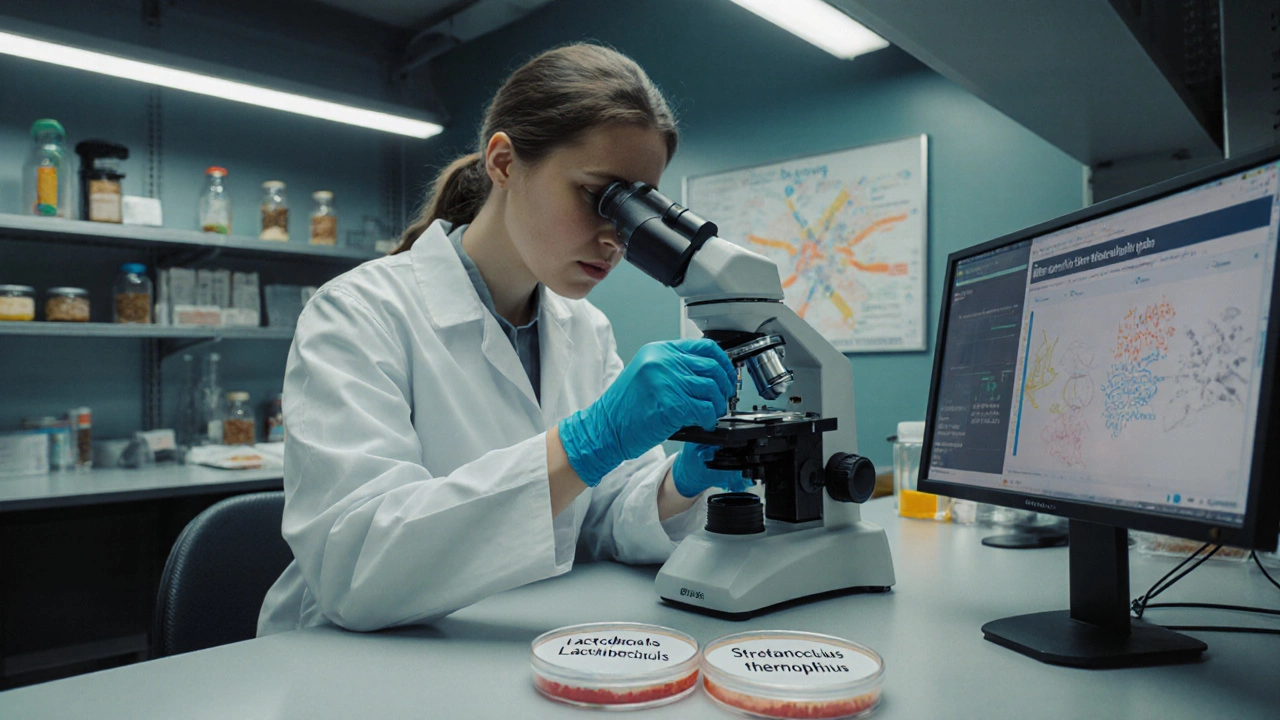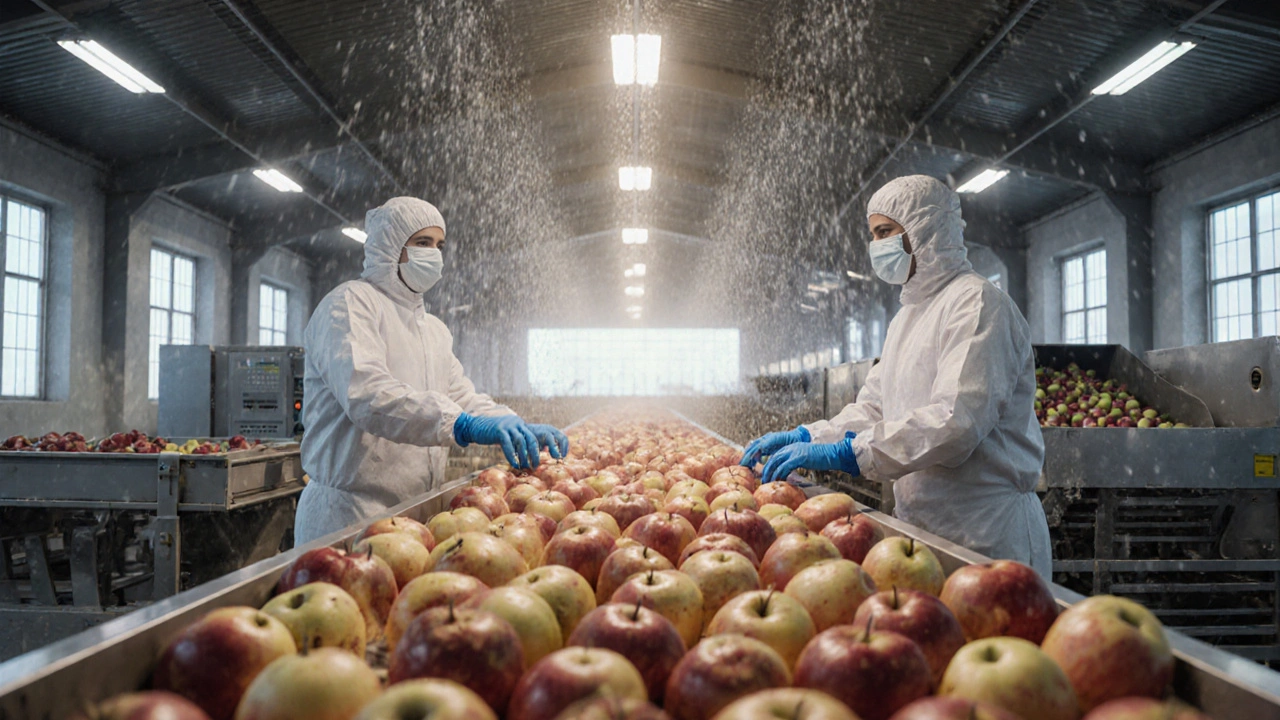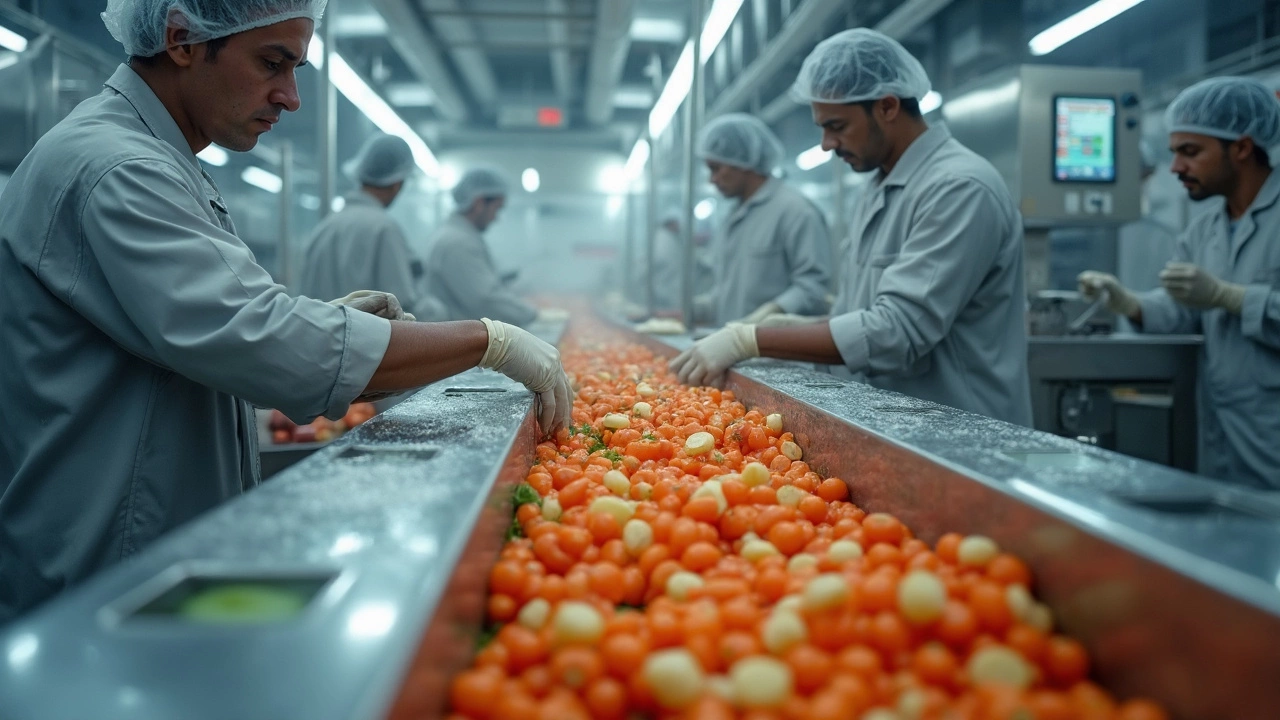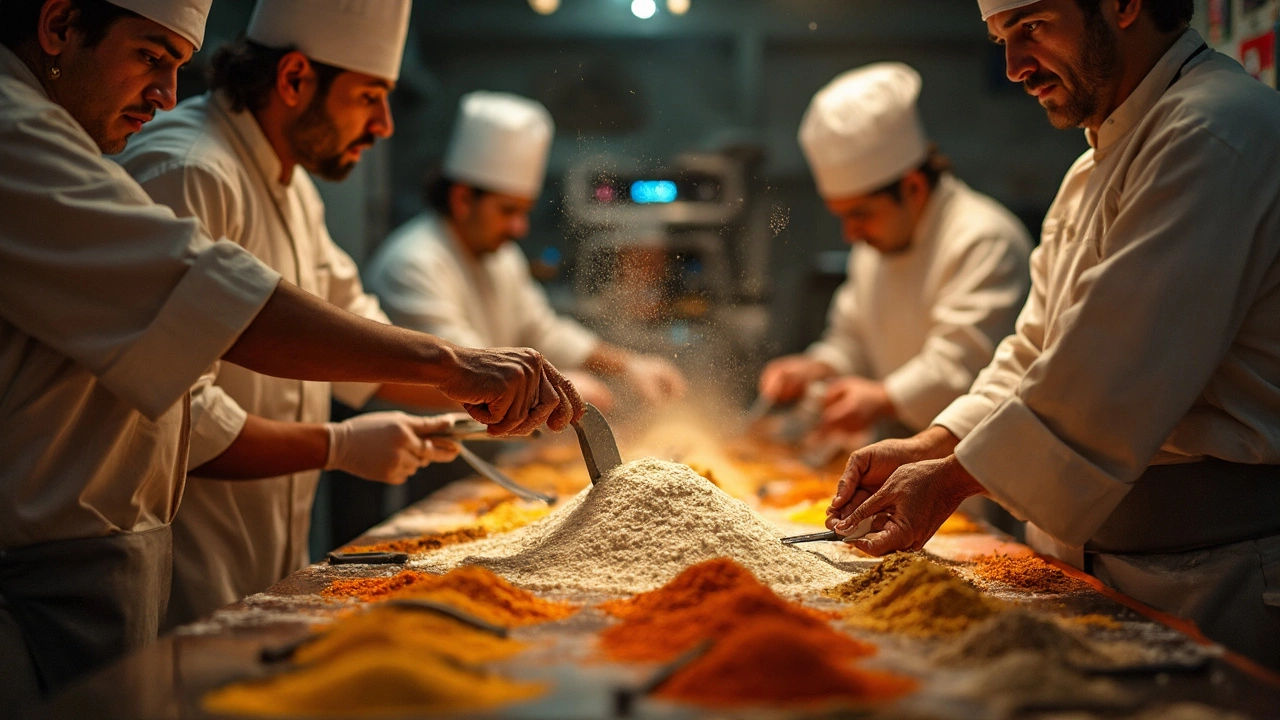Food Processing: How Your Food Is Made, Preserved, and Packaged
When you open a bag of chips, grab a carton of milk, or bite into a frozen meal, you're consuming the result of food processing, the systematic transformation of raw agricultural products into safe, shelf-stable, and convenient food items. Also known as food manufacturing, it’s what keeps your pantry stocked and your meals ready—even when you don’t have time to cook from scratch. This isn’t magic. It’s science, engineering, and careful control at every step.
Behind every processed food is a series of unit operations, basic physical steps like cleaning, mixing, heating, drying, and packaging that move ingredients from farm to shelf. These aren’t fancy machines—they’re the same tools used for decades, just refined for speed and safety. Think of them like the steps in a recipe: wash the vegetables, chop them, cook them, seal them. Only now, it’s happening in factories at scale. And precision matters. That’s where micrometer (μm), a unit of measurement used to control texture, grind size, and particle consistency in foods like flour, spices, and sauces comes in. A difference of a few micrometers can mean the difference between smooth peanut butter and gritty paste.
Food processing isn’t just about making food last longer. It’s about making it safer, more consistent, and more accessible. Eggs, for example, are often labeled as processed because they’re washed, graded, and packaged—even though no additives are added. That’s still processing. And it’s why you can buy pasteurized eggs that won’t spoil in your fridge for weeks. The same logic applies to canned beans, frozen vegetables, and even plant-based meats. Each step—from size reduction to sterilization—is designed to protect your health and improve your experience.
People think food processing means junk food. But that’s not true. Processing includes everything from freezing spinach at its peak to pasteurizing milk to remove harmful bacteria. It’s what lets you eat strawberries in December. It’s what lets small farms sell their harvest beyond their local market. And it’s what makes it possible for someone to start a food business without owning a farm or a kitchen the size of a warehouse.
That’s why understanding food processing matters—if you’re a student, a small business owner, or just someone who wants to know what’s really in your food. You’ll see how the same principles apply whether you’re making jam at home or running a factory that produces 10,000 bags of snacks an hour. The tools change, but the goals don’t: safety, efficiency, and quality.
Below, you’ll find clear, no-fluff guides on how food actually gets made—from the basic steps inside a processing plant to the most profitable foods to sell today. No jargon. No hype. Just real answers about how your food gets from field to fork.

What Is the Science of Eating Called? Understanding Food Science and How It Shapes What We Consume
Food science is the study of how food is made, preserved, and processed. It explains everything from why your bread rises to how plant-based meats mimic real meat. Learn how this science shapes what you eat every day.
Food Processing
What Are the Basic Unit Operations in Food Processing?
Learn the seven basic unit operations in food processing-cleaning, mixing, separation, heating, drying, size reduction, and packaging-that turn raw ingredients into safe, shelf-stable food products.
Food Processing
Most Profitable Foods to Sell: High-Margin Options for Aspiring Food Entrepreneurs
Curious about the most profitable foods to sell? This article breaks down top high-margin food options, industry secrets, and smart strategies for success.
Food Processing
Is Food Science Major Hard? What to Expect from Food Science Degree Programs
Wondering if food science is a hard major? Get an inside look at its challenges, coursework, and career opportunities. Candid insights for curious students.
Food Processing
Unit Operations of Food Processing: What Actually Happens in the Plant?
Curious what's really happening inside a food processing plant? This article breaks down the key unit operations, step by step. From how raw ingredients get cleaned to how they're turned into the snacks you find on your shelf, everything is covered with simple examples. Dive into the basics and pick up real tips on making food safer, tastier, and longer-lasting. It's practical, jargon-free, and perfect for anyone who wants to know how their food is made.
Food Processing
Understanding Food Processing Units: A Basic Guide
Food processing units transform raw ingredients into consumable goods in efficient and cost-effective ways. They play a crucial role in scaling production while maintaining quality and safety. Understanding these units can help businesses choose the right equipment to meet their production needs. From grinding grains to packaging finished products, food processing units help manage each stage of food production.
Food Processing
Are Eggs Processed Food? Understanding Your Daily Breakfast
Eggs are an essential staple in many cuisines, which raises an important question: are they processed food? This article breaks down what 'processed food' means and how eggs fit into that category. We'll explore how eggs are handled before reaching your kitchen and whether those steps count as processing. Readers will also discover some tips on choosing and storing eggs, ensuring they stay fresh longer.
Food Processing
Understanding μm in Food Processing: The Basics and Beyond
In food processing, precision is key. The unit μm, or micrometer, plays a crucial role in determining the quality and texture of food products. This article dives into what a μm stands for, its importance in the industry, and offers practical tips for better understanding its application. From grinding flour to creating smooth sauces, the micrometer ensures consistency and excellence in food production.
Food ProcessingLatest Posts
Tags
- manufacturing
- plastic manufacturing
- India
- plastic pollution
- food processing
- textile industry
- government schemes
- electronics manufacturing
- small business
- small scale manufacturing
- startup ideas
- production
- textile manufacturers India
- manufacturing business ideas
- business ideas
- electronics manufacturing India
- manufacturing business
- top companies
- plastic industry
- entrepreneurship




